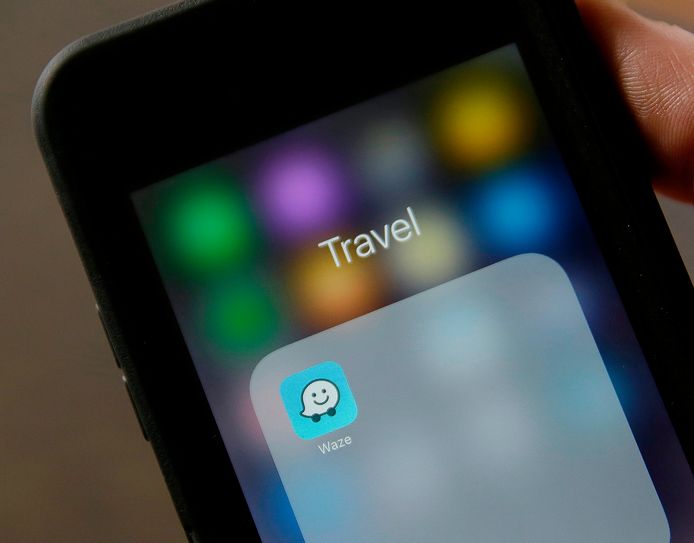© photo_news
33% of drivers trapped in gridlocks are searching for an elective course on an application, as per an examination by the Belgian Foundation for Street Wellbeing Vias on Thursday. Regardless of whether they feel it saves them time, the addition is frequently exceptionally restricted. Then again, inhabitants of neighborhoods where traffic is redirected may encounter critical bothersome impacts.At the point when stuck in a gridlock, two out of three drivers (67%) search for an elective course. Be that as it may, one of every 3 (32%) utilizes an application on their cell phone for this. Individuals matured 18 to 34 use them all the more regularly (44%), while those more than 55 are less inclined to do as such (18%).
"Guided by their applications"
For the organization, nonetheless, these apparatuses are not an answer. Vias calls attention to that the street network is here and there so immersed that the issue just moves. "It regularly happens that clients are guided by their applications in spots, for example, neighborhoods not in any way appropriate for taking care of through traffic, which can prompt perilous circumstances." The time saved, assuming any, frequently just arrives shortly, yet 79% of drivers accept they save time the greater part of the time.
- Transformation to traffic
Practically 50% of Belgian drivers (47%) check the traffic somehow prior to getting in the driver's seat, the majority of them tuning in to the radio, regardless of whether those more than 55 are more accustomed to it than those more than 55. youthful drivers. Among these educated drivers, one of every 5 adjusts their method of transport if there is gridlock, by taking the train or the bike. "They in this manner improve the circumstance for clients who have no other options", energizes Vias.


